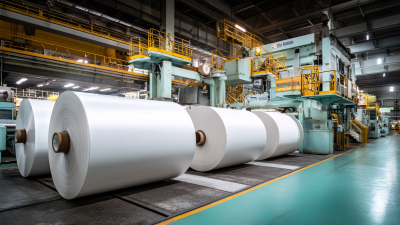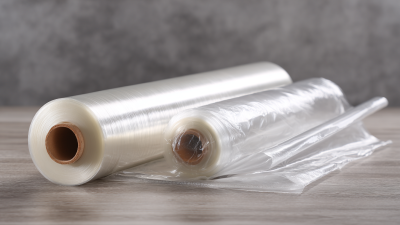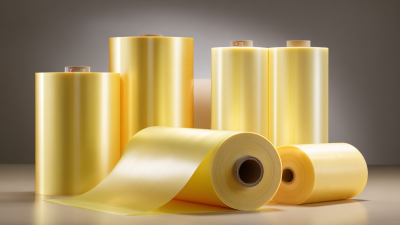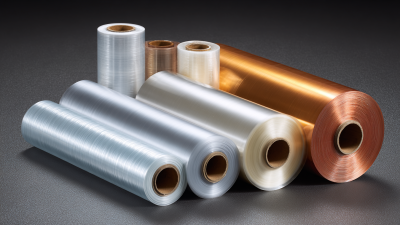In the ever-evolving world of packaging, choosing the right materials is crucial for ensuring product protection and shelf appeal. Plastic shrink wrap, widely recognized for its versatility and effectiveness, has emerged as a top choice among manufacturers and retailers. According to a recent report by Smithers Pira, the global demand for flexible packaging, including plastic shrink wrap, is expected to exceed $300 billion by 2024, driven by its lightweight, durable, and cost-effective properties. This innovative packaging solution not only enhances product presentation but also extends shelf life, reducing food waste— a significant concern in today’s sustainability-focused market. As businesses seek to optimize their packaging operations, understanding the various types of plastic shrink wrap available can make a significant difference in meeting specific packaging needs while remaining competitive.
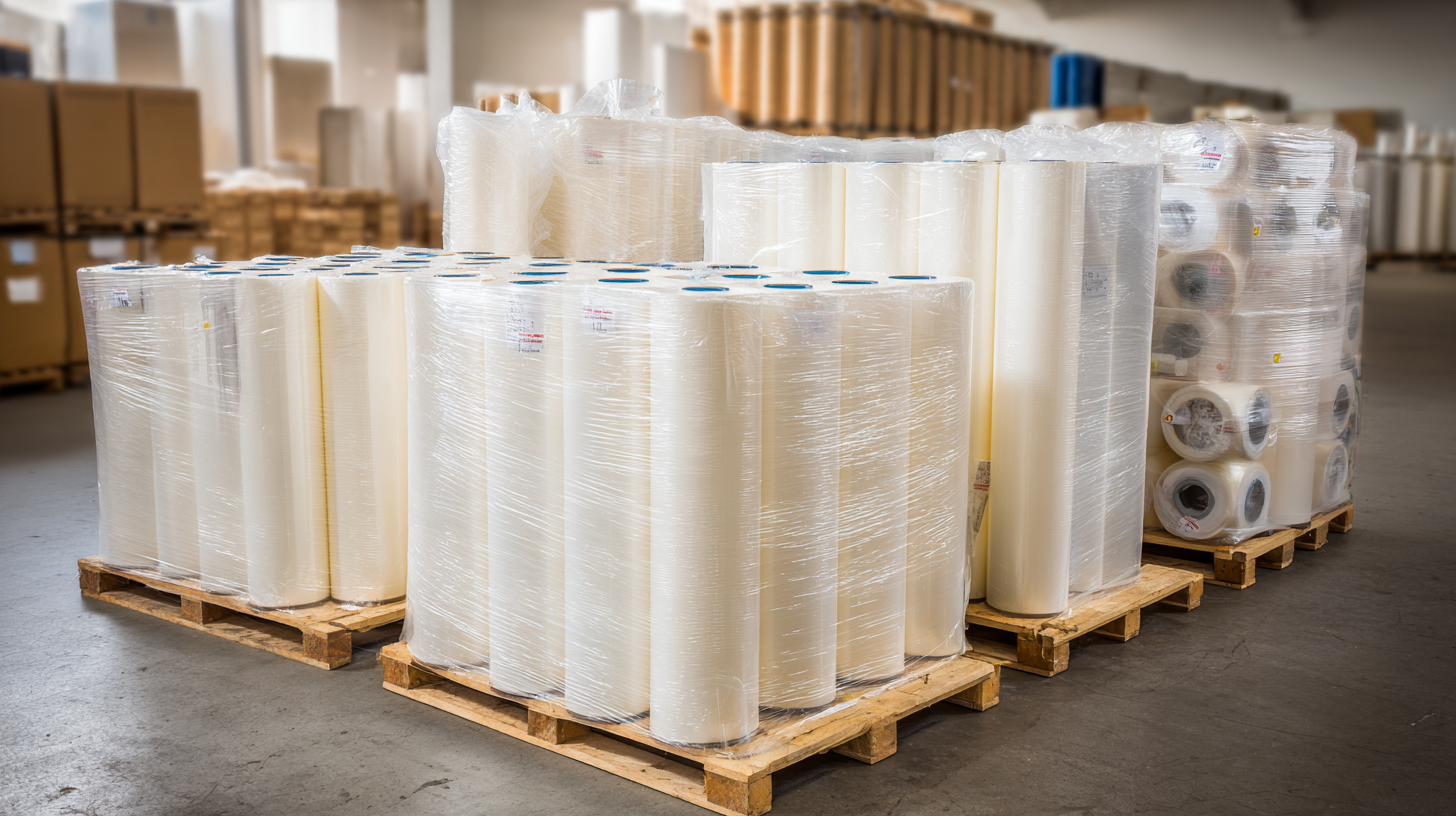
When selecting the best plastic shrink wrap for packaging needs, it’s essential to consider the various types available and their specific applications. Different kinds of shrink wraps are designed to cater to diverse packaging requirements, ranging from food protection to product bundling. Common types include PVC, polyolefin, and polyethylene. Each variation has distinct properties, such as strength, clarity, and sealability, allowing businesses to choose the most suitable option based on the nature of the items being packaged and their exposure to environmental conditions.
In addition to choosing the right type, understanding the impact of plastic usage is crucial. Recent discussions highlight the challenges of microplastics in food packaging, emphasizing the need for analytical methods to assess their presence and potential health risks. More broadly, the concept of a circular economy invites a reevaluation of how plastics are designed, used, and reused, promoting sustainable alternatives and better waste management practices. This shift not only addresses environmental concerns but also underscores the importance of responsible material selection in packaging.
| Type of Shrink Wrap | Material | Thickness (Microns) | Application |
|---|---|---|---|
| PVC Shrink Wrap | Polyvinyl Chloride | 50-75 | Retail Packaging |
| PE Shrink Wrap | Polyethylene | 100-150 | Industrial Packaging |
| PP Shrink Wrap | Polypropylene | 60-80 | Food Packaging |
| Cross-Linked Polyolefin | Polyolefin | 75-125 | High-Temperature Applications |
| Biodegradable Shrink Wrap | PLA (Polylactic Acid) | 50-70 | Eco-Friendly Packaging |
When selecting the best plastic shrink wrap for your packaging needs, consider several key factors that will ensure optimal protection and presentation of your products. First, assess the type of material used in the shrink wrap. Polyolefin and PVC are two popular options, each with distinct characteristics. Polyolefin is renowned for its clarity and stretchability, making it ideal for retail packaging, while PVC offers excellent sealing qualities and durability but may not be as environmentally friendly.
Next, evaluate the thickness of the shrink wrap, as it directly affects the level of protection. Thicker wraps provide greater puncture resistance and strength, making them suitable for heavier or irregularly shaped items. Additionally, consider the size of the shrink film, ensuring it can accommodate the dimensions of your products comfortably. Lastly, pay attention to the shrink temperature, as different films require varying heat levels to achieve effective shrinkage. By carefully considering these factors, you can select the most appropriate shrink wrap that meets your specific packaging requirements and enhances your product’s appeal.
This chart illustrates the usage frequency of different types of plastic shrink wrap in packaging. PVC is the most widely used, followed by polyolefin, while PLA and PP account for a smaller market share.
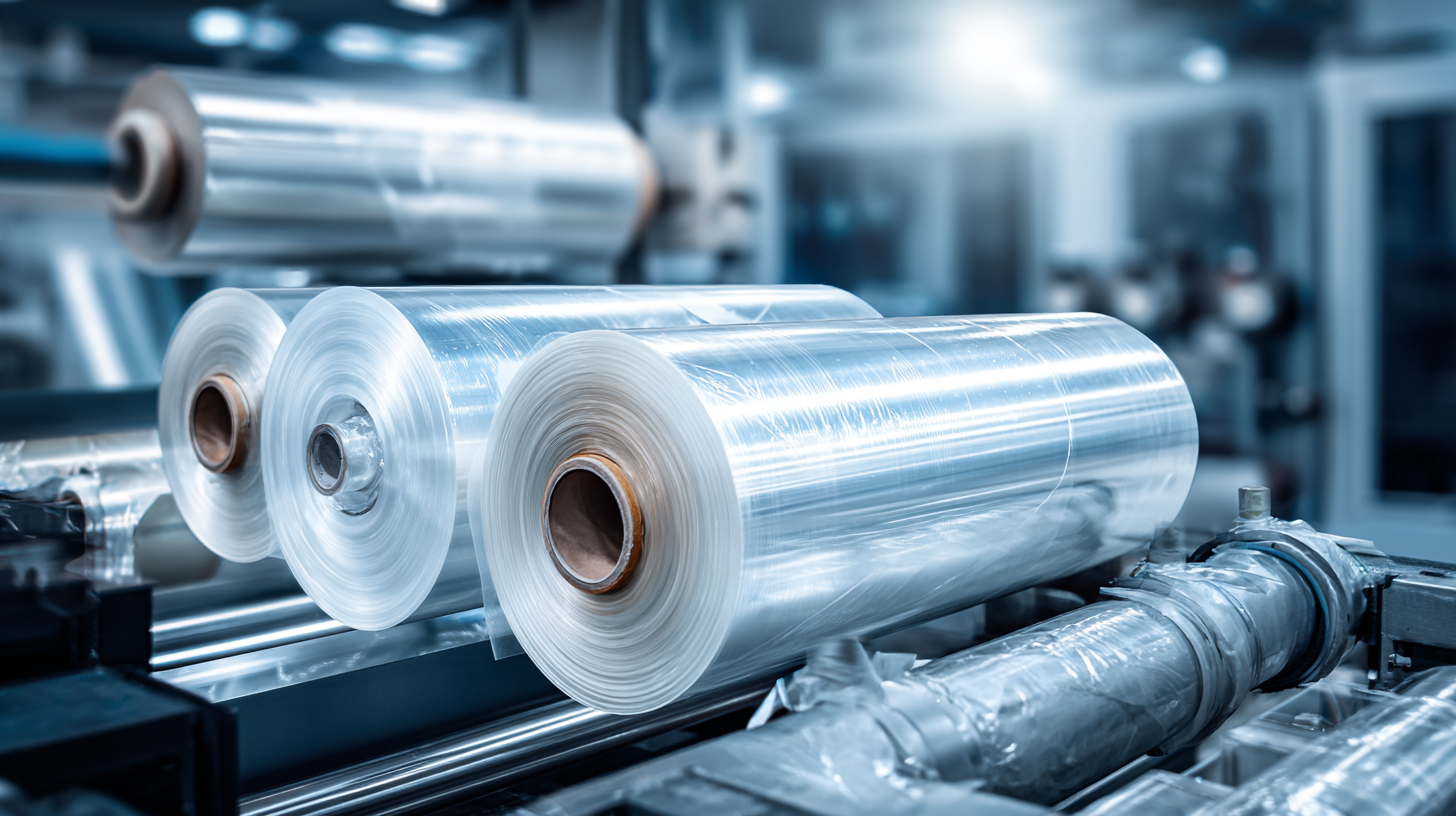 When selecting the best plastic shrink wrap for your packaging needs, understanding its applications across various industries is crucial. One of the most common uses is in the food industry, where shrink wrap preserves freshness and extends shelf life by tightly sealing products. This not only prevents contamination but also enhances presentation, making it a favorite among retailers.
When selecting the best plastic shrink wrap for your packaging needs, understanding its applications across various industries is crucial. One of the most common uses is in the food industry, where shrink wrap preserves freshness and extends shelf life by tightly sealing products. This not only prevents contamination but also enhances presentation, making it a favorite among retailers.
In the industrial sector, plastic shrink wrap is employed for bundling products. This is especially useful for securing multiple items together, providing stability during transportation and storage. Additionally, its resistance to moisture and dust ensures that the products remain intact until they reach their final destination.
Tips: When choosing shrink wrap, consider factors such as thickness and clarity based on specific application needs. For instance, thicker films are generally more durable, making them ideal for heavier products. Also, ensure that the shrink wrap is compatible with your heat source to achieve proper sealing. Always conduct tests to ascertain that the wrap meets your performance expectations and maintains the integrity of your products.
When it comes to selecting the right plastic shrink wrap for your packaging needs, cost-effectiveness plays a significant role. A recent report by the Flexible Packaging Association indicates that businesses can save up to 30% on packaging materials by opting for budget-friendly shrink wrap options. These alternatives not only reduce costs but also maintain the protective qualities essential for product safety during transit.
**Tip:** When evaluating shrink wrap options, consider the specific needs of your products. Thinner wraps may be less expensive but could compromise durability. Choosing a wrap with the right thickness for your product type ensures both cost savings and quality performance.
In addition to thickness, the type of shrink wrap can influence cost-effectiveness. For instance, centerfold shrink film is often more economical for larger quantities, providing a balance between price and performance. The industry trend shows a growing preference for eco-friendly materials, which can also lead to savings when shipping costs are factored in, as lighter materials often reduce transportation expenses.
**Tip:** Always request samples from suppliers to test the performance of shrink wraps. This will help you determine which option delivers the best value without sacrificing quality, allowing you to make informed decisions that align with your budgetary constraints.
When applying plastic shrink wrap, it's crucial to prepare your items properly to ensure a tight, secure fit. Begin by cleaning the objects you intend to wrap, as dirt and dust can prevent the shrink wrap from adhering properly. Additionally, consider the size and shape of your items; for irregularly shaped objects, using a pre-stretched roll may help achieve better coverage. Always leave some extra material on the edges for a tighter seal once heat is applied.
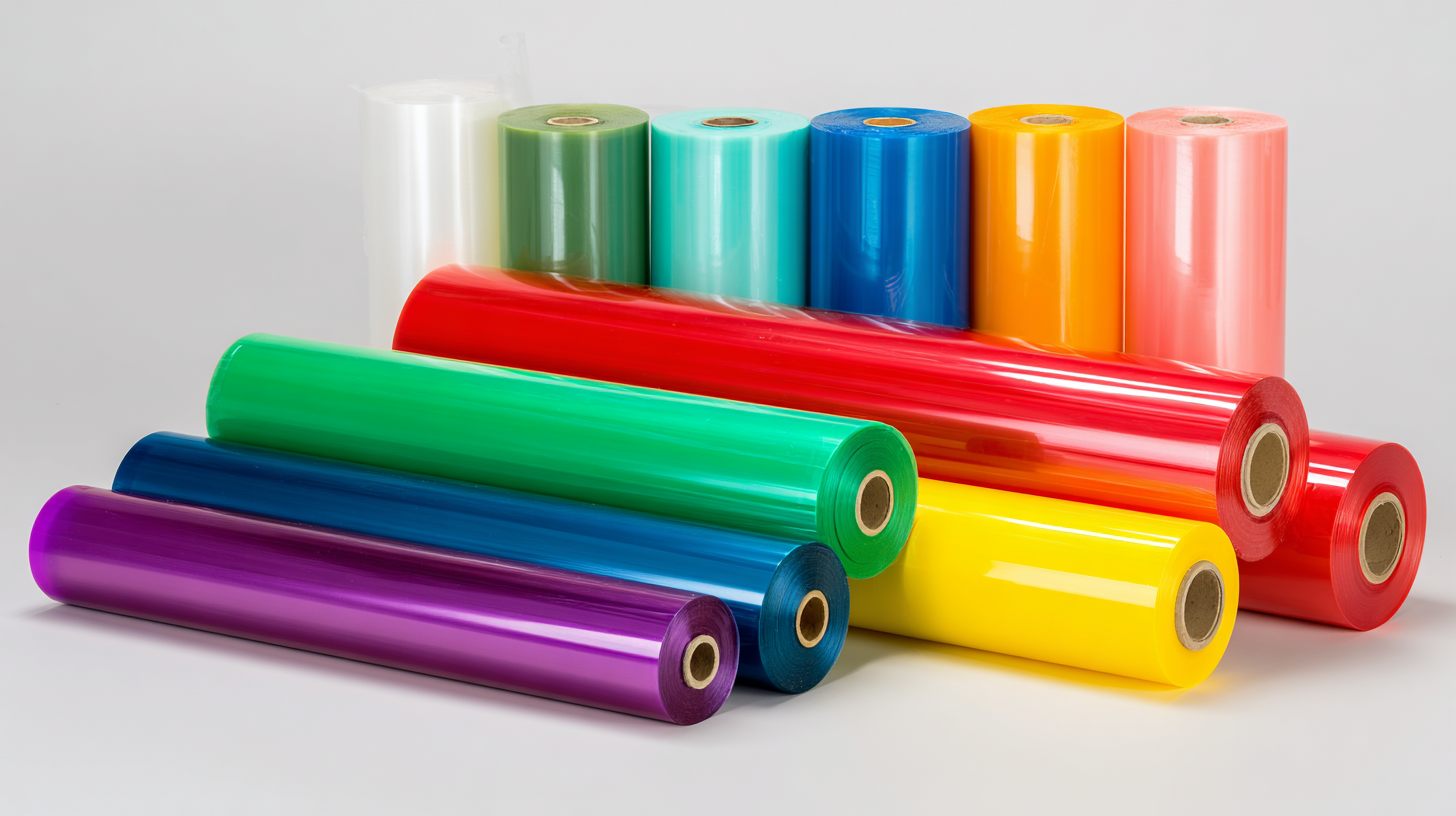
Once you've wrapped your items, you'll need the right tools for applying heat to shrink the wrap effectively. Heat guns are preferred over hair dryers, as they produce a concentrated and consistent heat. Start by evenly applying heat from a distance, gradually bringing the nozzle closer until you see the shrink wrap begin to tighten around the items. Be cautious not to overheat, which can cause damage or create holes in the wrap. With careful application and the right technique, you can achieve a professional-looking finish that protects your products during storage and shipping.
